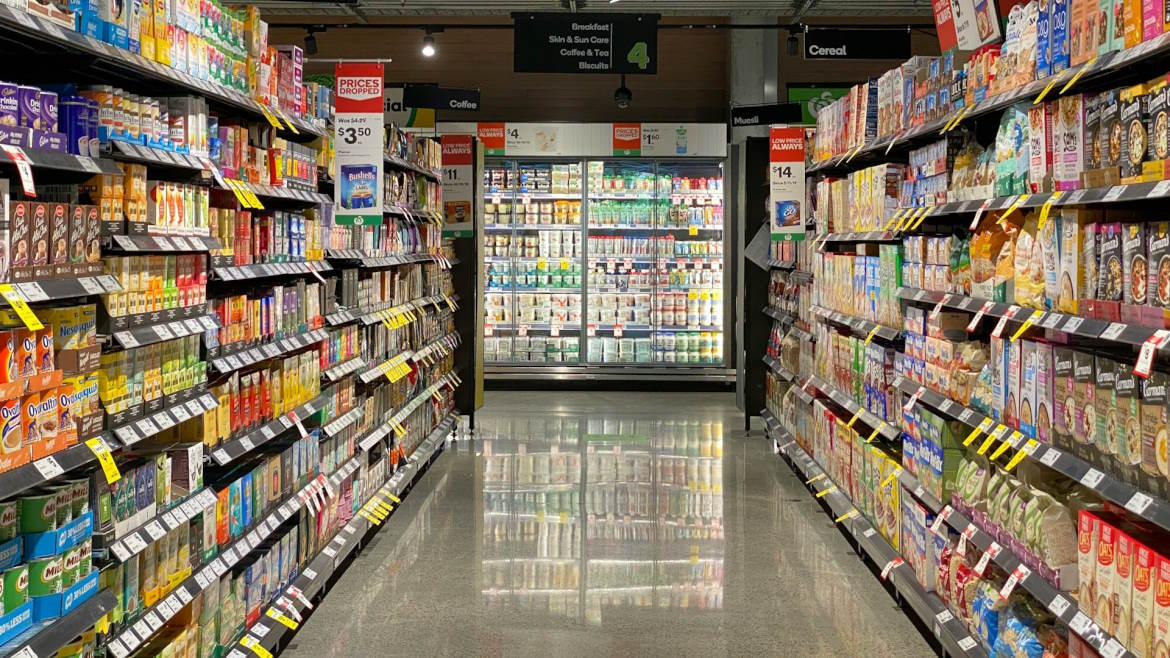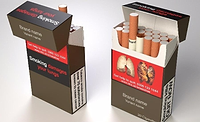5 Steps to Unlock the Future of Sustainable Processor Packaging

Photo by Franki Chamaki on Unsplash
The food industry is witnessing a surge in demand for high-quality, safe and convenient food packaging. Consumers today are looking for easy-to-access, healthy meals that they can eat quickly at home or on the go. Ready-to-eat foods have seen a consistent rise in popularity with no signs of slowing down, with the industry projected to reach nearly $200 billion this year. Similarly, meal kit delivery companies have seen exponential growth and expect to continue their steady rise. These trends necessitate inventive packaging solutions that ensure the delivery of fresh food to consumers. But that’s not all. Today’s consumers are increasingly interested in reducing their own environmental impact and expect the companies they purchase from to make tangible investments in sustainable packaging options themselves, making this area a critical consideration for food processors in 2024 and beyond.
As food processors look for packaging solutions that satisfy both industry standards and consumer preferences, they’ll need to consider more than just the look and feel of containers and trays. To be at the top of industry standards requires a five-step approach to packaging that accounts for business goals, sustainable practices and consumer satisfaction.
Step 1: Discover
The first step in finding the right packaging solution is to uncover your business’s unique needs and requirements. Ask questions like: Does your packaging need to be freezer- and refrigerator-safe? Does it need to be microwave- and oven-safe as well? Does it need to be strong and sturdy or lightweight and durable? Should it be compostable or recyclable?
These factors will help you develop a baseline of packaging requirements that will inform the rest of your journey. Once you define the specific needs of your products, you can move on to aligning those specifications with your larger business goals.
Step 2: Define
Like any other decision your business makes, your packaging choices should reflect your brands goals and drive toward them. This stage is when you should consider fit for use—what packaging will be effective for your business and work with your current operations? For example, if your goal is to optimize costs, then it’s important to consider a packaging partner that vertically integrates into your existing manufacturing processes.
Sustainability objectives are another key consideration at this stage. Consumers have indicated they are willing to spend more on products with sustainable packaging options, as evidenced by a 2023 survey from McKinsey & Company. Luckily, there are a variety of packaging options made from recycled material that perform comparably to less sustainable options. While the cost can be higher, consumers have shown they won’t back down on the demand for sustainable products.
Step 3: Design
Now that you’ve defined your business and packaging objectives, it’s time to consider design elements that will satisfy consumers and keep your meals in top condition. Consumers in the same McKinsey survey ranked hygiene and food safety, followed by shelf life, as the leading packaging criteria influencing their purchase decisions. Of course, safety is a top concern for food processors as well.
There are ways to deliver on promises of safety, shelf-life and quality through packaging design. Technical characteristics like tamper-resistant/-evident features or interlocking lids and rounded edges protect both the product and consumers. For example, rounded edges provide high sealability and better protection from outside contaminants. Choosing packaging that works with high-pressure processing can also increase the shelf-life of your products.
Step 4: Deliver
After designing your ideal packaging, it’s essential to validate and test it to ensure that quality is maintained in all stages of packing, transport and delivery to the end-user. When testing, choose the packaging that keeps temperature, moisture and freshness for both hot and cold foods. You should also check the presentation of your packaging to ensure a satisfactory multi-sensory experience for consumers of seeing, holding, buying and enjoying the food. If it’s not meeting those standards you set at your establishment, it may require a different option.
At this time, you should also consider how your packaging delivers on your brand promises. If you promise to provide healthy meals, the “healthy” shouldn’t stop at the food products. Your packaging should also meet that promise. For example, choosing packaging free of perfluorinated and polyfluorinated substances (PFAS) or free of Bisphenol A (BPA) that research has found can have adverse health effects.
Step 5: Delight
Packaging will remain a key consideration for food processors moving forward with the demand for convenience food options and takeout meals not showing signs of slowing soon. Along with aesthetics, quality and sustainability are top-of-mind for today’s consumers and are becoming the industry standard. Delighting customers requires more than just good products—it calls for innovative packaging that provides safety and peace of mind. As the needs and lifestyles of consumers continue to change, it’s important to consider a packaging partner that can rapidly adapt.
Unlocking the Keys to the Future of Packaging
With the steady change in consumer behaviors in the food industry, it’s a good idea for food processors to meet consumers where they are with products and packaging that deliver the ready-to-go and takeout options they crave. By following these five steps, food processors will be on their way to unlocking innovative and sustainable packaging that will satisfy today’s consumers and propel their business into the future.
Looking for a reprint of this article?
From high-res PDFs to custom plaques, order your copy today!









